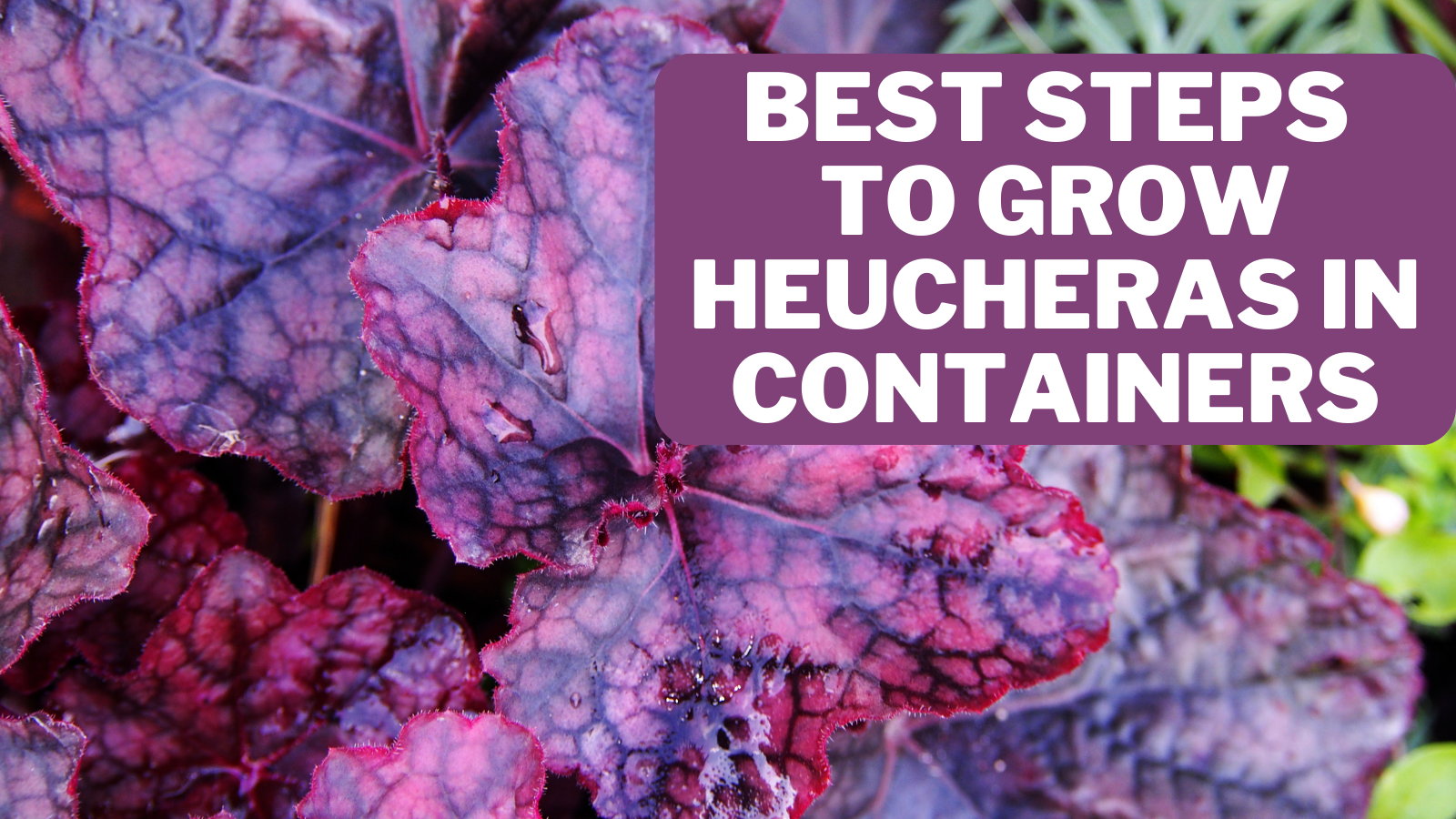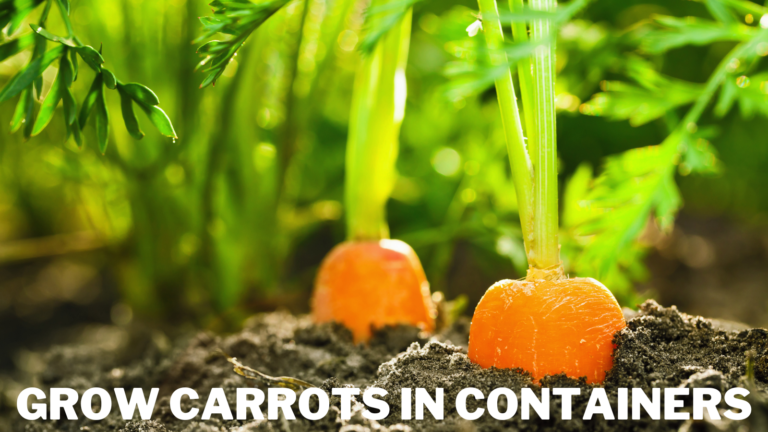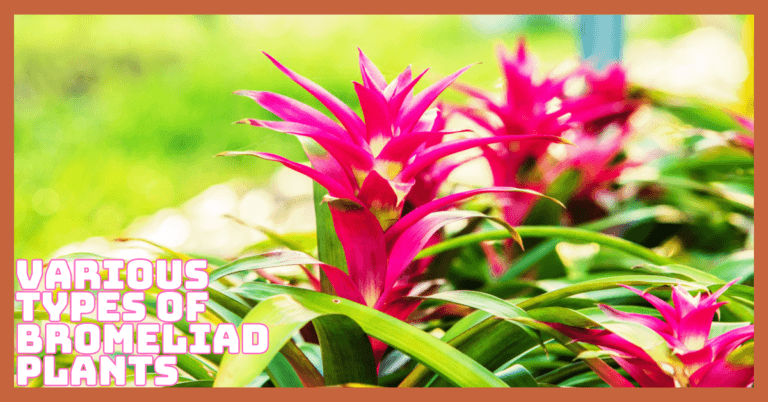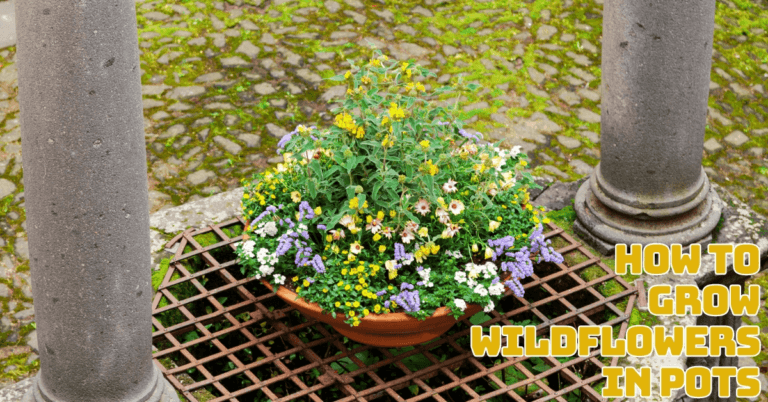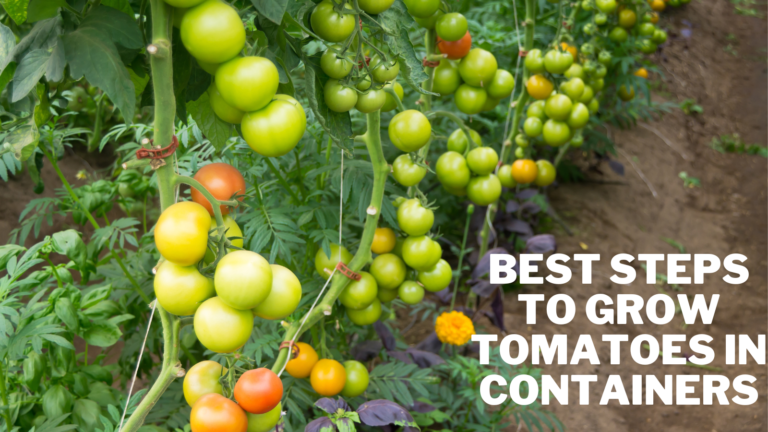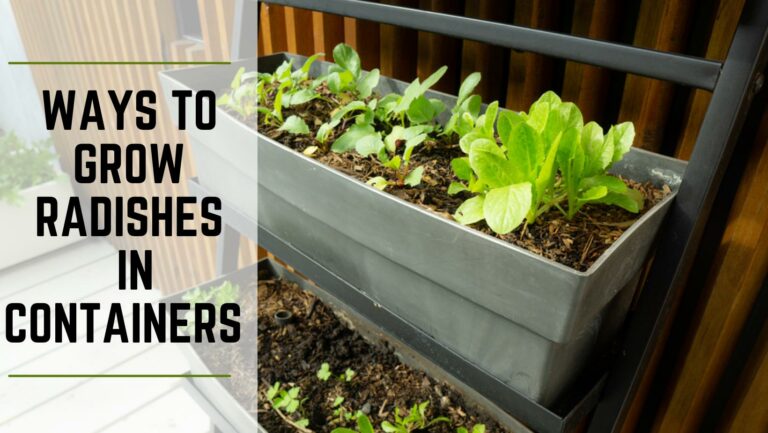Best Steps To Grow Heucheras In Containers
Best Steps To Grow Heucheras In Containers
Heucheras, commonly known as coral bells, are popular plants for their colourful foliage and versatility. They can be grown in containers to add colour to patios, decks, or balconies.
Container gardening with heucheras is an easy and rewarding way to grow these plants, whether you are a beginner or an experienced gardener.
This article will discuss the steps to successfully grow heucheras in containers, including selecting the right container, soil, and care tips.
History & Origin Of Heucheras
Heuchera was only sometimes the popular garden plant she is today. For almost a century, varieties were limited to basic green foliage with varying amounts of a silver veil and occasionally small, attractive blooms.
The flowers frequently have rather tall stalks, which I adore but aren't always desirable in a design and are transient.
Heucheras are now available in the hues green, silver, burgundy, purple, red, orange, and yellow, and practically any combination of these.
Flowers can come in various hues, such as pink, red, white, green, and white. Breeders of Heuchera have mostly focused on employing just 5 species.
You can learn about various tolerances by understanding which species were employed in its development.
The hardy woodland species H. Americana. It tolerates heat and cold and prefers humus-rich soil with some afternoon shade.
The foliage ranges from green to green with a silver veil and crimson veins. It should be emphasized that since they were initially utilized in gardening in the 17th century, our understanding of Heuchera has undergone a major transformation.
At the time, “H. americana” was the name given to a collection of six species. They most likely exist in the distance.
Without including their bloom spikes, they are low-growing, deer-resistant perennials that grow to a height of only 12 inches.
Depending on the variety, they can fan out to a width of up to 24 inches. A perennial border's beautiful ground cover is created by several plants grouped, whereas a single specimen might elevate a planter mix.
Because some heucheras are less sun-tolerant, placement can be a little challenging, so research the options you bring home. These elegant plants prefer a location with early sun and soft afternoon shade.
Heucheras are cold-resistant in our region but not muddy soil hardy. If the growing ground doesn't drain effectively, root rot can be an issue (particularly in winter).
Raised beds, rock gardens, containers, and well-tended, heavily amended sites are the best remedies for damp soil.
Heucheras can be a regular source of enjoyment in your yard, but to give them new life, dividing them every three to four years is a good idea.
Types Of Heucheras
The Heuchera species, a member of the Saxifragaceae family named after the 17th-century German botanist and physician Johann Heinrich von Heuchera, has seen a rise in popularity as landscape gardeners increasingly focus on attractive leaves.
This native plant, also known as coral bells and alum root, first appeared in the herbal garden but has now taken center stage in the flowerbed.
The tiny flowers in your garden greatly impact the animals, as they attract butterflies and hummingbirds in late spring and summer.
The leaf of heuchera plants, ranging from pale yellow and orange to scarlet and a unique silvery blue-gray, attracts people to them.
Heuchera americana is often one of the genetic parents of most modern heuchera variants, hybrid crosses of native species.
These hybrids frequently tolerate full sun and complete shade, which is unusually adaptable for their sun preferences.
Those with H. Americana as a parent are particularly suitable for shaded environments. These wonderful heuchera species could be the foundation of a new collection in your garden.
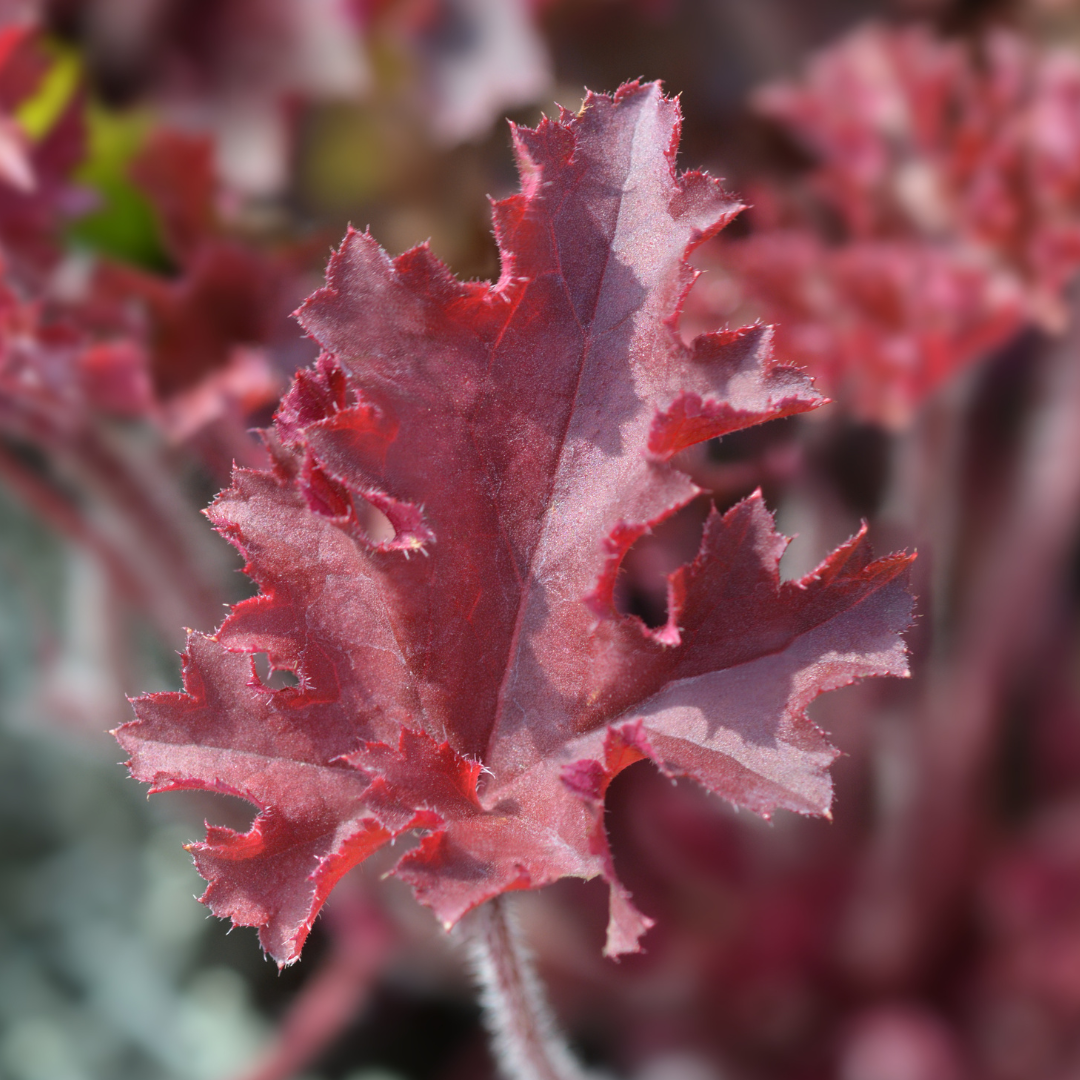
1. Heuchera ‘Melting Fire'
The deeply ruffled Heuchera ‘Melting Fire' foliage ranges from scarlet to purple, depending on the time of year and amount of light.
The delicate white flowers unique to the species emerge in late spring on 18-inch stalks and can persist for up to two months.
Dark-leaved cultivars like “Melting Fire” are vulnerable to leaf burn in places with direct sunlight. All heuchera plants benefit from regular moisture during dry months and afternoon shade to prevent the browning of the leaf margins.

2. Heuchera ‘Lime Marmalade'
Every shaded garden area needs a splash of chartreuse to bring life to the surroundings, and Heuchera ‘Lime Marmalade' plays that role.
This stunning heuchera species keeps its vivid green colour throughout the season, making its blossoms a mere afterthought.
It also doesn't darken or fade. The plant complements pink or purple plants, flowers well in summer containers, and thrives.
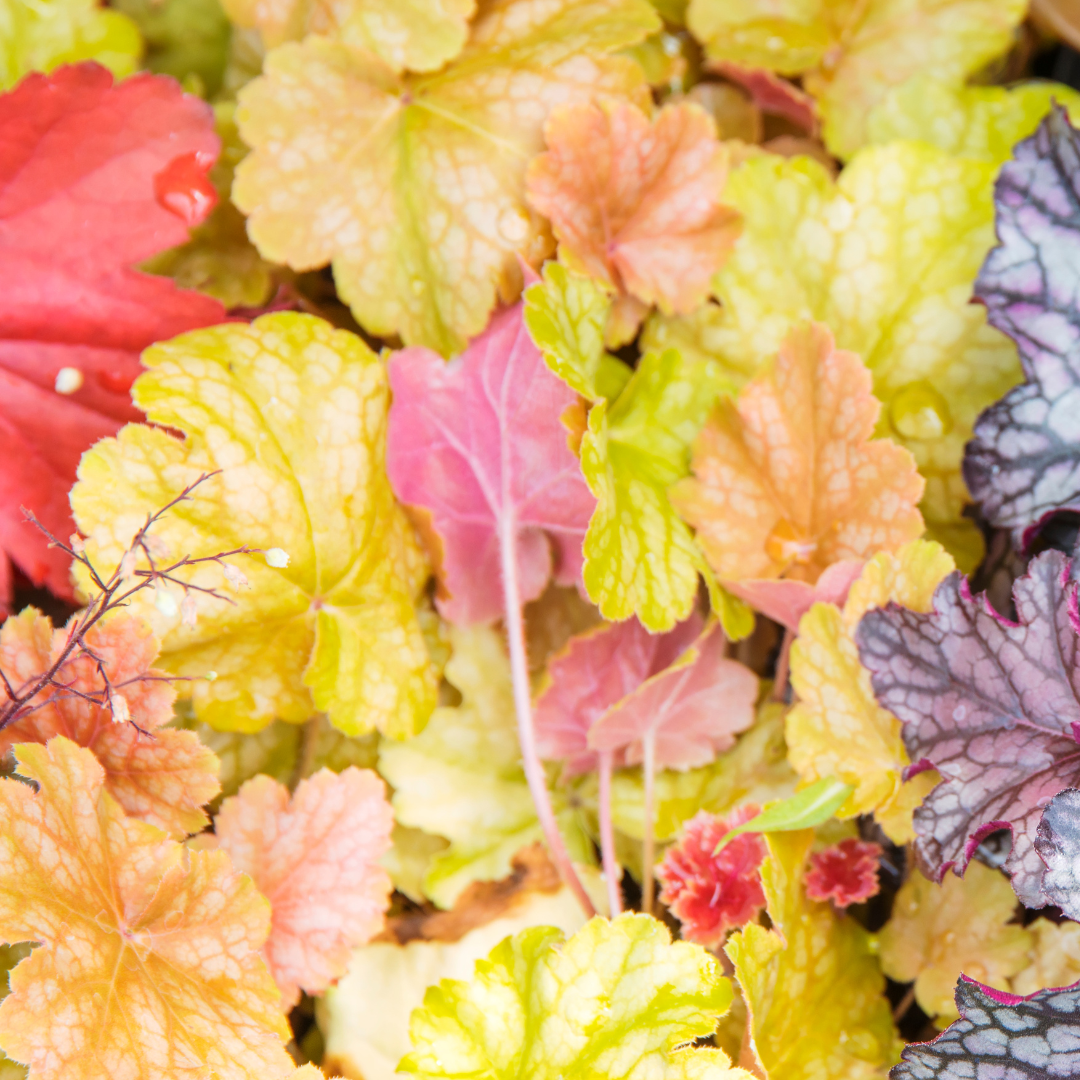
3. Heuchera ‘Electra'
In recent years, the expansion of the species' colour palette due to contrasting veins on several heuchera variants has produced numerous new cultivars.
The Heuchera Electra's lime green foliage and scarlet veins present amusing garden design opportunities.
To draw attention to the veining, combine it with a red wax begonia or a New Guinea impatiens.
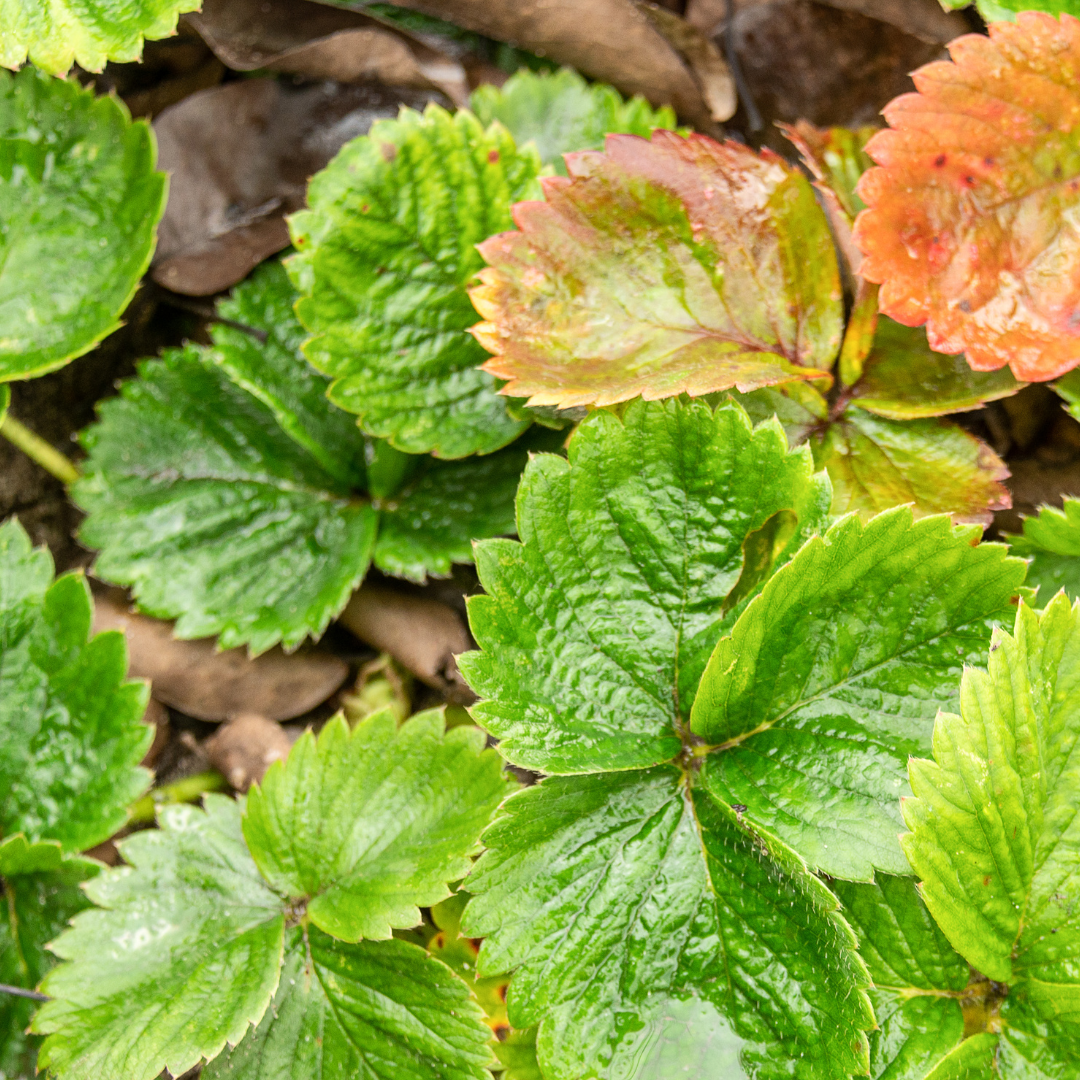
4. Heuchera ‘Venus'
Heuchera ‘Venus' fits perfectly in a moon or white flower garden. When you combine this cultivar's silvery leaf with darker companion plants like bugbane (Cimicifuga) or purple shamrock, their darker veining pops even more (Oxalis).
A 3-inch layer of mulch will prevent heuchera cultivars like ‘Venus' from suffering from frost heave over the winter.

5. Heuchera ‘Caramel'
With leaves that emerge simultaneously in shades of rust, orange, and gold on dense mounding plants measuring 18 inches wide, ‘Caramel' coral bells add colour to the yard.
This cultivar is suitable for ground cover, border specimens, or woodland garden accents in hot and muggy climates. Water your plants at least once weekly to avoid dark leaf margins.

6. Heuchera ‘Can Can'
Heuchera ‘Can Can' is a vibrant addition to the partially sunny garden thanks to its wealthy ruffled leaves and mystic purplish-silver colouration to move in the light.
Its leaves, vivid purple on the underside like many heuchera kinds, appeal from all sides in the garden or as foliar highlights in a vase.
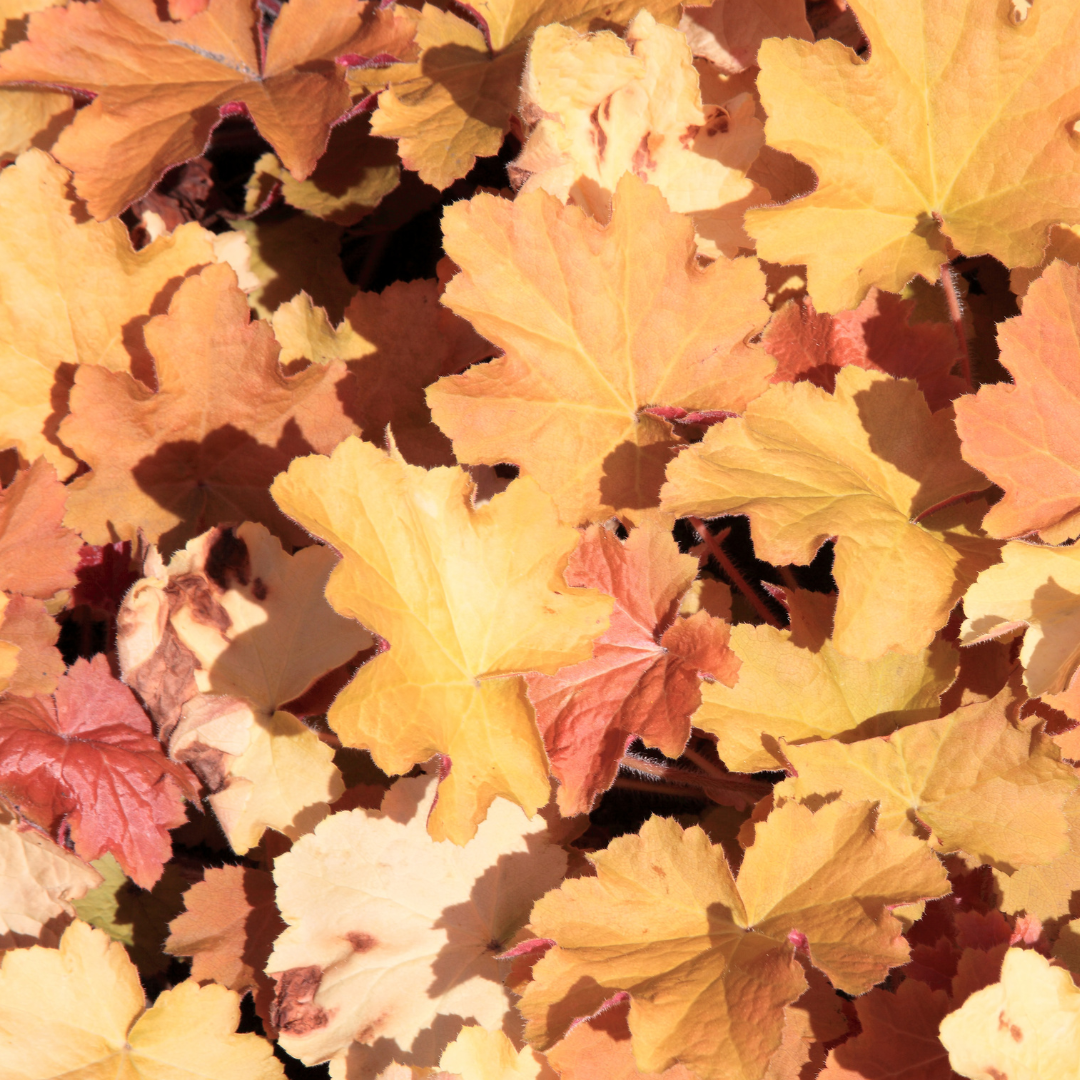
7. Heuchera ‘Amber Waves'
The orange colour of Heuchera ‘Amber Waves' is the most intense of all coral bells. When the plant first appears, it seems like a mass of the most exquisite fall leaves you have ever seen.
Although this variety can withstand mild drought, it thrives in a shaded location to avoid bleaching the spectacular leaves.
Steps To Grow Heucheras In Containers
Heucheras are shade-loving plants indigenous to North American woods. Their leaves, which are grown for their foliage, come in various colours, including red, purple, vibrant green, and even silver.
In addition, they bear attractive flowers in the summer. Heucheras, which belong to the saxifrage family, work nicely in winter pot displays and make wonderful ground cover plants. They are sometimes called coral bells and alumroot.
Heucheras and tiarellas, or foamflowers, have varied leaf shapes and foam-like flowers. Many breeders have crossed heucheras and tiarellas to create hybrids known as heucheras.
The foliage of heucheras is vividly coloured. They are successful in the shade and make good ground cover plants, like heucheras. Some can be grown in hanging baskets and have a trailing habit.
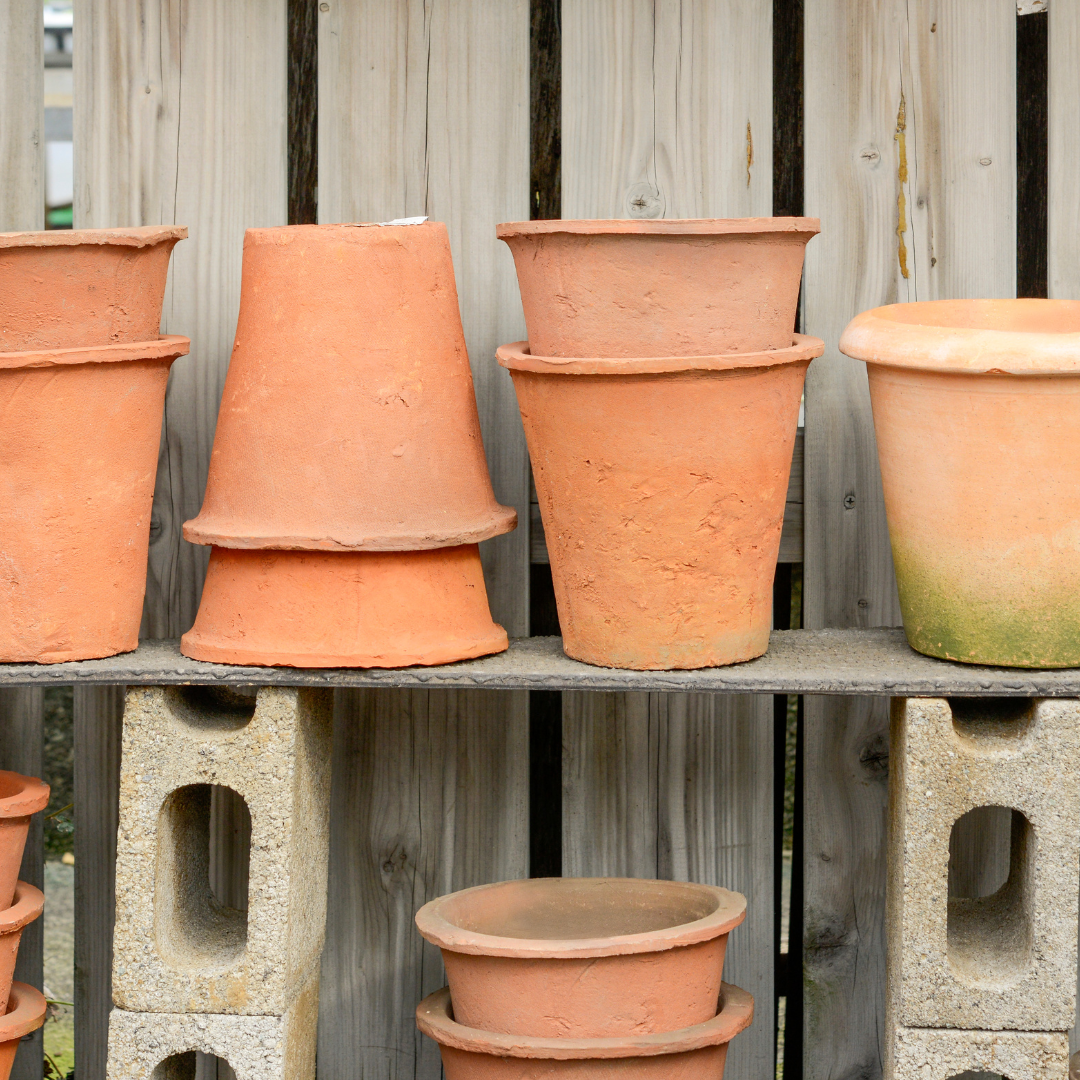
1. Choose The Right Container To Grow Eucheras
To give the plants room to expand, choose a container with a drainage hole at least 6 inches wider than the root ball.
Coral bells don't require a tall container because their roots are shallow. Coral bell plants typically reach a width of 15 inches, although some kinds can grow up to 24 inches wide.
Choose a wider container if you wish to include other types of plants or more than one coral bell in your container garden design. In late spring through early summer, coral bells bloom.
Considering that a variety's foliage will last the full growing season, it is preferable to that variety's blossoms. The height of the leaf spikes varies from 12 to 36 inches.
2. Soil Requirements For Heucheras
It is preferable to use soil that is adequately nutrient-rich and well-drained. Heuchera will grow more slowly and possibly lose its roots in poor clay soil. Use a previously prepared multipurpose substrate for potting.
Alternately, combine regular garden soil in equal parts with compost or a soil conditioner. Use only goods from reputable producers. Don't use plant waste or non-decomposed compost.
Make sure the pH of the soil is 5.5 to 7.0 as well. This can be accomplished with special equipment.
Coral Bells may have trouble absorbing minerals in excessively acidic or highly alkaline soil, and their leaves will turn yellow. Use sulphate to increase the soil's acidity and garden lime to increase its alkalinity.
3. Sunlight Requirements For Potted Heucheras
Semi-shade is the ideal sunny location for potted Heucheras. Thus, the plants must receive significant daily direct sunlight, making their colour more vibrant.
The darker-coloured species can withstand six hours in direct sunlight and thrive there. Green and yellow types are substantially more vulnerable to direct sunlight.
Although they may endure only about two hours of the gentle morning sun, examples of these plants flourishing successfully in full light exist.
However, everything depends on the weather and the number of sunny days. It is best to experiment with different levels of sun exposure. Then, you can determine the highest limit that your plants can withstand.
Brown spots (burns) on the leaves indicate too much sun exposure. If this occurs, move the plant to a location with less light.
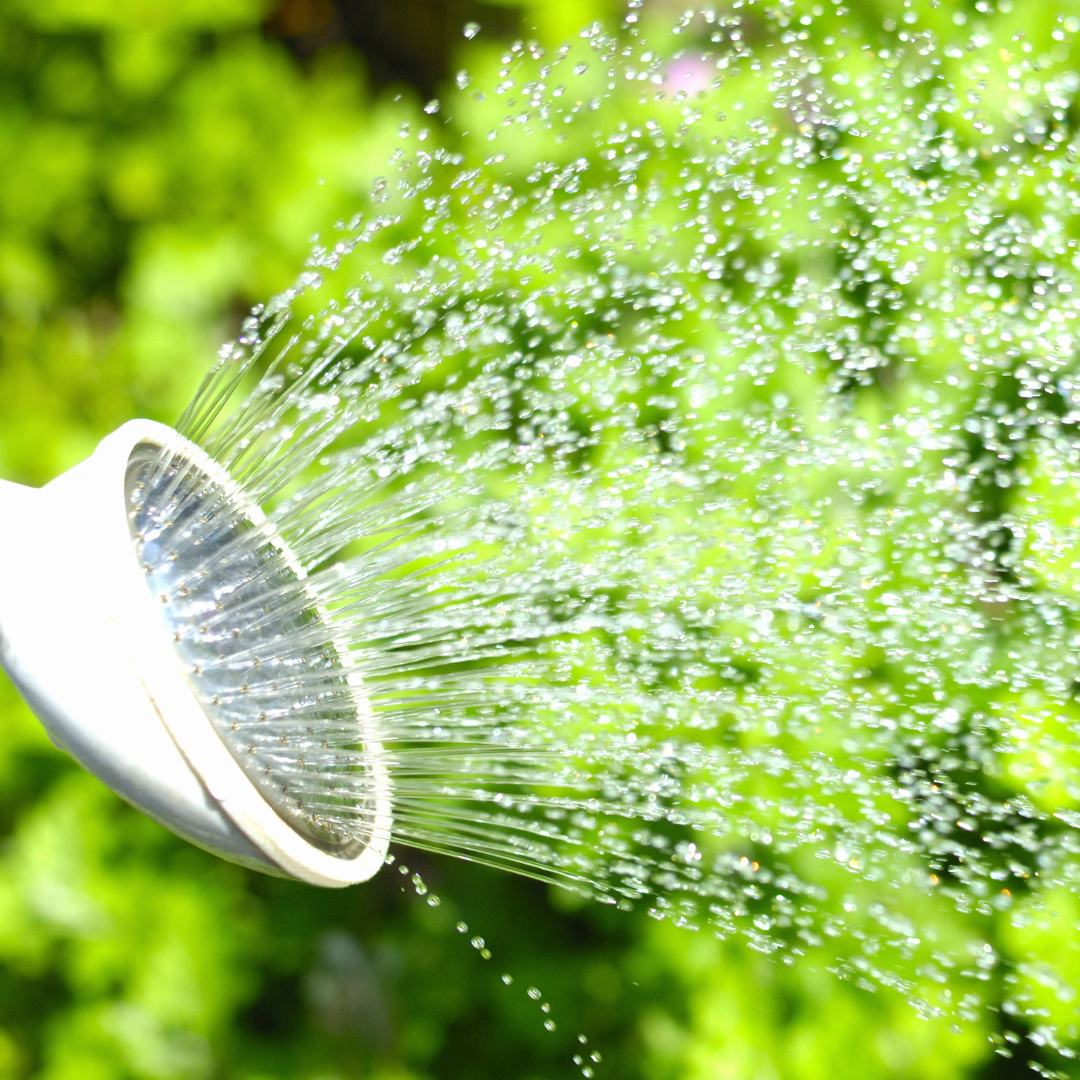
4. Watering Requirements For Heucheras In Containers
The Heuchera requires more water in the pot than growing in the ground. This occurs when the soil dries out much more quickly and the container becomes hot from the sun. Water it as soon as the soil of a potted Coral Bells is about an inch dry.
Use so much water that the soil is completely submerged, and the extra drains via the drainage holes. Mulch pine bark on top of the potting soil as well. This will prevent the substrate from drying out too rapidly.
Put the pot on a swiftly cooling, moderately heated surface. Avoid overwatering, as this might cause root rot. You will, therefore, need to pre-root the plant.
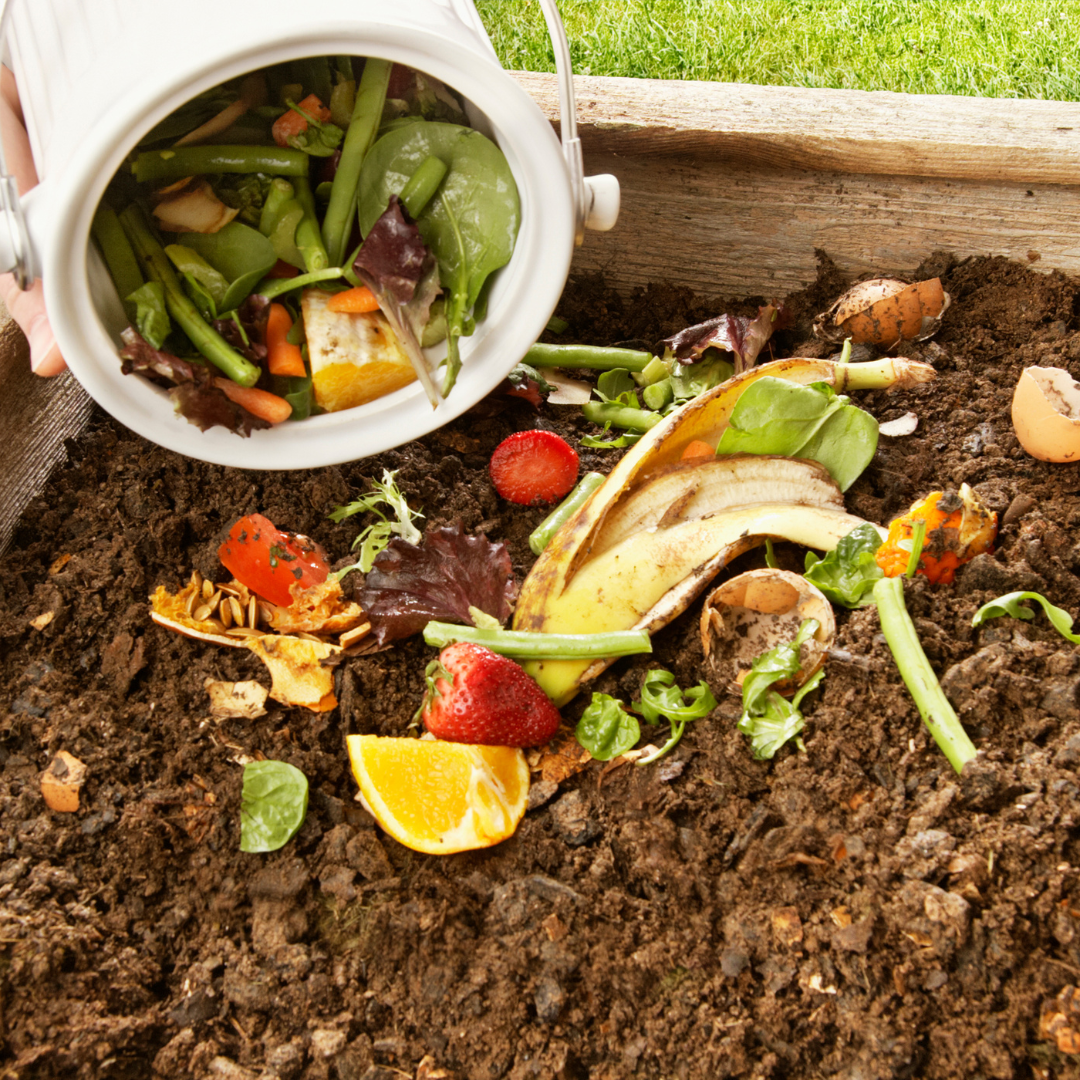
5. Fertilizer Requirements To Grow Heucheras In Containers
Coral Bells may grow in relatively unfavourable conditions and have a moderate appetite. However, you must fertilize it a little if you want a lush bush more quickly. Additionally, the dirt in the pot contains fewer minerals than the soil in the garden.
Compost is the first effective fertilizer. You ought to use it when planting. Then, you will need to apply it every two years; all you need to do is transplant the plant into new soil and compost it.
Use a slightly larger pot while transplanting. The second type of nutrition is a mineral fertilizer with a gradual release.
A multipurpose one with roughly equal amounts of potassium, phosphate, and nitrogen is a good option.
One fertilizer applied in the early spring is typically sufficient for the plant to thrive all year. Never deviate from the label's instructions or use more fertilizer than is suggested. Additionally, avoid fertilizing in the winter and fall.
6. Planting Heucheras
Heucheras can be planted from May to September at the same depth as their pot, with good rootball firmness and adequate watering.
In containers, use compost on a loam basis. Heucheras planted in pots should have a substantial layer of pebbles added around them to cover the compost thoroughly. This prevents vine weevils from laying eggs and preserves moisture.
7. Winter Care Of Heucheras In Containers
Coral Bells are perennials that can survive the winter with enough assistance. If a potted plant is left outside, its roots won't have enough protection and will be vulnerable to harm from the cold.
The plant can be protected from the winter by being buried in the ground and covered with mulch, insulating the roots.
If you live somewhere where temperatures frequently drop below freezing, bring your container indoors for the winter to avoid cracking. The plant can safely overwinter if the pot is moved indoors.
You can either bring the potted Coral Bells indoors and grow them as houseplants over the winter or transfer the potted plant into a garage or shed and let it lie dormant.
Since most coral bells are evergreen, they require light for photosynthesis year-round. Put your pots in a shed with a window or an unheated garage.
The plants will go dormant, but they must still be watered once a month to prevent them from drying out.
If the container is too big to move, wrap it with insulation in the fall to maintain a more stable temperature inside and lessen the risk of it shattering.
If you don't have a garage or shed, dig a hole deep enough so the container's top will be level with the ground, then backfill it. Your coral bell in a pot will endure just as well as if planted in your garden rather than a container.
8. Pests & Diseases Of Heucheras
Checking the leaves of heucheras frequently is a good idea because they are susceptible to infestations with aphids, mites, and other bothersome insects.
Whenever you transplant heucheras after winter storage, look for pests. If you see any insects on your plants, spray insecticidal soap all over them to get rid of them.
If the soil contains too much nitrogen, the leaves may turn yellow. Aged compost or rotten manure can be added to the soil mixture to remedy this problem.
If you see any leaf spots or other indicators of a fungal disease, use a fungicidal spray immediately to stop the disease from spreading and irreparably harming the plant.
Medical Use Of Heucheras
Heucheras have been traditionally used for their medicinal properties due to the presence of various phytochemicals, including tannins, flavonoids, and saponins.
These compounds contribute to the plant's antimicrobial, anti-inflammatory, and antioxidant activities.
Recent studies have shown that heuchera extracts may have potential antimicrobial agents against various bacteria and fungi.
For example, a study published in the Journal of Ethnopharmacology found that extracts from Heuchera sanguinea exhibited significant antimicrobial activity against several bacterial strains, including Staphylococcus aureus and Escherichia coli.
Heuchera extracts have also been shown to have anti-inflammatory effects. A study published in the Journal of Medicinal Food found that a compound isolated from Heuchera macrophylla exhibited potent anti-inflammatory activity in mice.
Additionally, a study published in the Journal of Ethnopharmacology found that an extract from Heuchera cylindrica had anti-inflammatory effects in rats.
In addition to its antimicrobial and anti-inflammatory properties, heuchera extracts also exhibit antioxidant activity.
A study published in the Journal of Agricultural and Food Chemistry found that extracts from Heuchera villosa had potent antioxidant activity, which may have potential health benefits.
While these studies suggest that heucheras may have potential medicinal uses, more research is needed to understand their properties and possible uses fully.
As with any herbal remedy, it is important to consult a healthcare professional before using heuchera for medicinal purposes.

Conclusion
Heucheras, indigenous to North American woodlands, are prized for their ruffled and vibrant ornamental foliage.
Their nectar-rich spring and summer blossoms draw butterflies and hummingbirds, and they are famous for their fall colours! They can be cultivated as a groundcover in beds, borders, woodland gardens, pots, and more!
Plants in containers appear superior to those on the ground. Additionally, you may always move them right away to a better location.
Heuchera can be grown well in pots. Use a pot a few inches bigger than the root system. The potting soil needs to be nourishing and well-drained.
I trust you enjoyed this article on the Best Steps To Grow Heucheras In Containers. Please stay tuned for more blog posts to come shortly. Take care!
JeannetteZ
>>>Please click here to read my all-inclusive article, About The Essential Companion Planting Guide<<<
>>>Please click here to read my all-inclusive article about Container Gardening<<<
>>>Are you interested in homegrown herbs and medicine? Please click here to find out more about it!<<<
Your Opinion Is Important To Me
Do you have thoughts, ideas, or questions? I would love to hear from you. Please leave your questions, experiences, and remarks about the Best Steps To Grow Heucheras In Containers article in the comments below. You can also email me at Jeannette@Close-To-Nature.org.
Disclosure
This post may contain affiliate links. As an Amazon Associate and other affiliate programs, I earn from qualifying purchases at no extra cost to you. Please read my full affiliate disclosure.
You might also enjoy these blog posts:
Best Steps To Grow Ivy In Containers
Best Plants For Winter Hanging Baskets
Best Fall Planter Ideas For Your Garden

